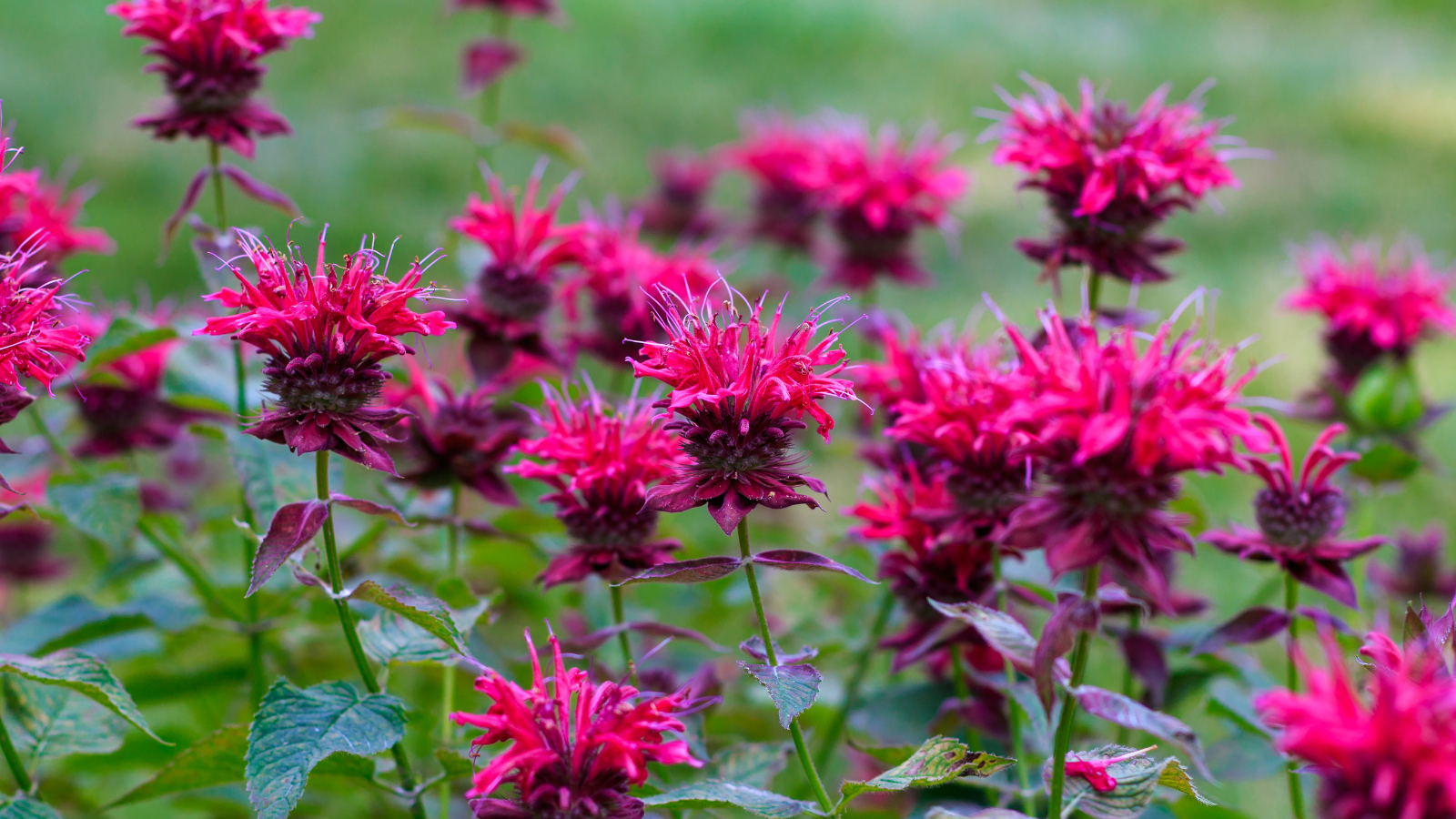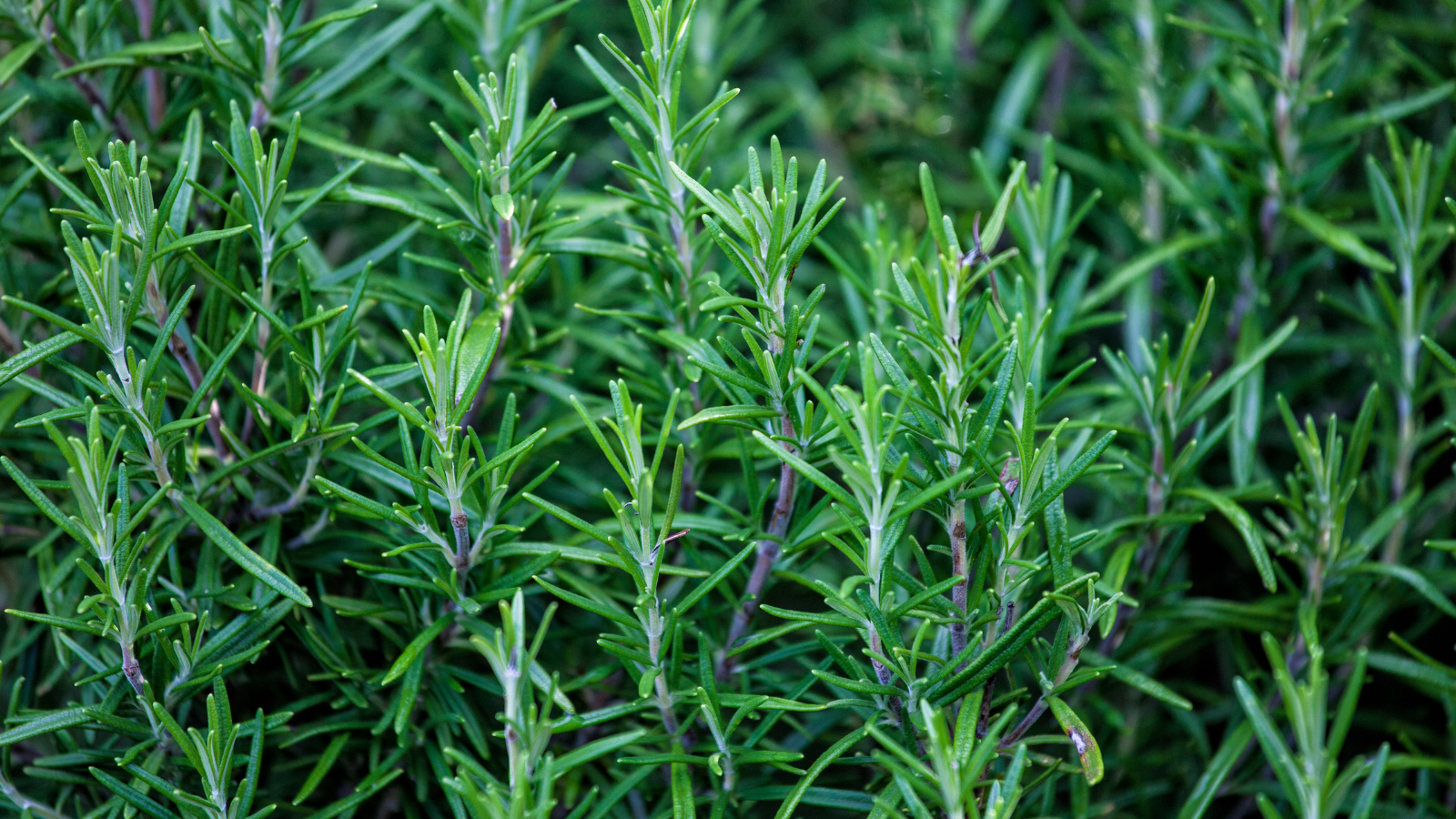Discover the Top 5 Plants That Attract Honeybees
"Every flower is a soul blossoming in nature, and every garden a sanctuary for those souls to thrive." - Inspired by Gerard De Nerval
Are you looking to create a buzzing haven for honeybees in your garden? These industrious pollinators play a vital role in our ecosystem, and attracting them to your outdoor space can enhance your garden's beauty and productivity. In this guide, we'll reveal the top five plants that will have honeybees flocking to your garden. Let's dive right in!
1. Lavender (Lavandula angustifolia)
Invite the Fragrant Visitors
Lavender, a perennial favorite in many gardens, is renowned for its soothing scent and therapeutic properties. But did you know it's also a top pick for honeybees? The delicate purple flowers are packed with nectar, making them a bee's dream. Moreover, lavender blooms over an extended period, ensuring a consistent food source for these pollinators.
Lavender's Legacy
Beyond its appeal to bees, lavender has a rich history in human culture. Used by ancient civilizations for its antiseptic properties and by modern-day gardeners for its drought resistance, it's a plant that bridges the gap between utility and beauty. When you plant lavender, you're not just inviting bees; you're also embedding a piece of history in your garden.
2. Sunflowers (Helianthus annuus)
Sun-Kissed Delights
Standing tall and proud, sunflowers are a symbol of joy and optimism. Their large, disk-like heads are a playground for honeybees. Rich in both pollen and nectar, they're a veritable buffet for these buzzing visitors. Furthermore, sunflowers are heliotropic, meaning they turn their heads to follow the sun, ensuring they get maximum sunlight throughout the day.
The Sunflower Symphony
Beyond their beauty, sunflowers play a role in sustainability. Their seeds are a source of food for birds, and their stalks can be used as natural supports for other plants. As they sway in the breeze, sunflowers create a dynamic visual symphony, making them a centerpiece in any garden setting.
3. Bee Balm (Monarda spp.)
A Feast for Bees
Bee balm, with its whimsical appearance, is a standout in any garden. Its unique flower structure, resembling a crown, is not just for show. The design aids bees in their nectar collection, making their foraging efficient. Additionally, bee balm has a minty aroma, which can be a delightful sensory experience for both gardeners and bees.
Bee Balm's Beneficial Bonus
Apart from attracting bees, bee balm has antiseptic properties and has been used in traditional medicine. Its leaves can be brewed into a tea that's believed to have numerous health benefits. This multi-purpose plant is a testament to nature's generosity, offering benefits to both humans and bees.
4. Echinacea (Echinacea purpurea)
Purple Coneflower Paradise
Echinacea is more than just a pretty face. Beyond its popularity in natural medicine, it's a beacon for honeybees. The large, flat flower heads serve as a landing pad for bees, making their nectar collection a breeze. Echinacea plants are also drought-tolerant, making them a resilient choice for gardens in drier climates.
Echinacea's Ethereal Elegance
This plant's ethereal beauty is accentuated when butterflies, another pollinator, flutter around its petals. The combination of bees buzzing and butterflies dancing around Echinacea creates a mesmerizing spectacle, turning your garden into a live theater of nature.
5. Rosemary (Rosmarinus officinalis)
Aromatic Allure
Rosemary is a testament to the fact that kitchen gardens can be just as enticing to honeybees as flower gardens. This evergreen herb, with its needle-like leaves, produces clusters of small blue flowers that are a nectar goldmine for bees. Cultivating rosemary can serve a dual purpose: while you get to harvest its aromatic leaves for your dishes, bees get to feast on its nectar-rich flowers.
Rosemary's Resilience
This hardy herb is not just a culinary delight but also a symbol of remembrance and fidelity in folklore. Its resilience to pests and diseases, coupled with its ability to thrive in various soil types, makes it a gardener's favorite. With rosemary, you get a blend of history, utility, and nature's beauty.
By cultivating a garden rich in bee-attracting plants, we're not only enhancing our immediate surroundings but also playing a pivotal role in bee conservation. These buzzing pollinators are essential for the balance of our ecosystem and the pollination of many of the foods we consume daily. By providing them with a diverse range of nectar and pollen sources, we're ensuring their survival and, in turn, safeguarding our planet's biodiversity. Let's remember that every flower we plant is a step towards a brighter, more sustainable future for both bees and humankind.






